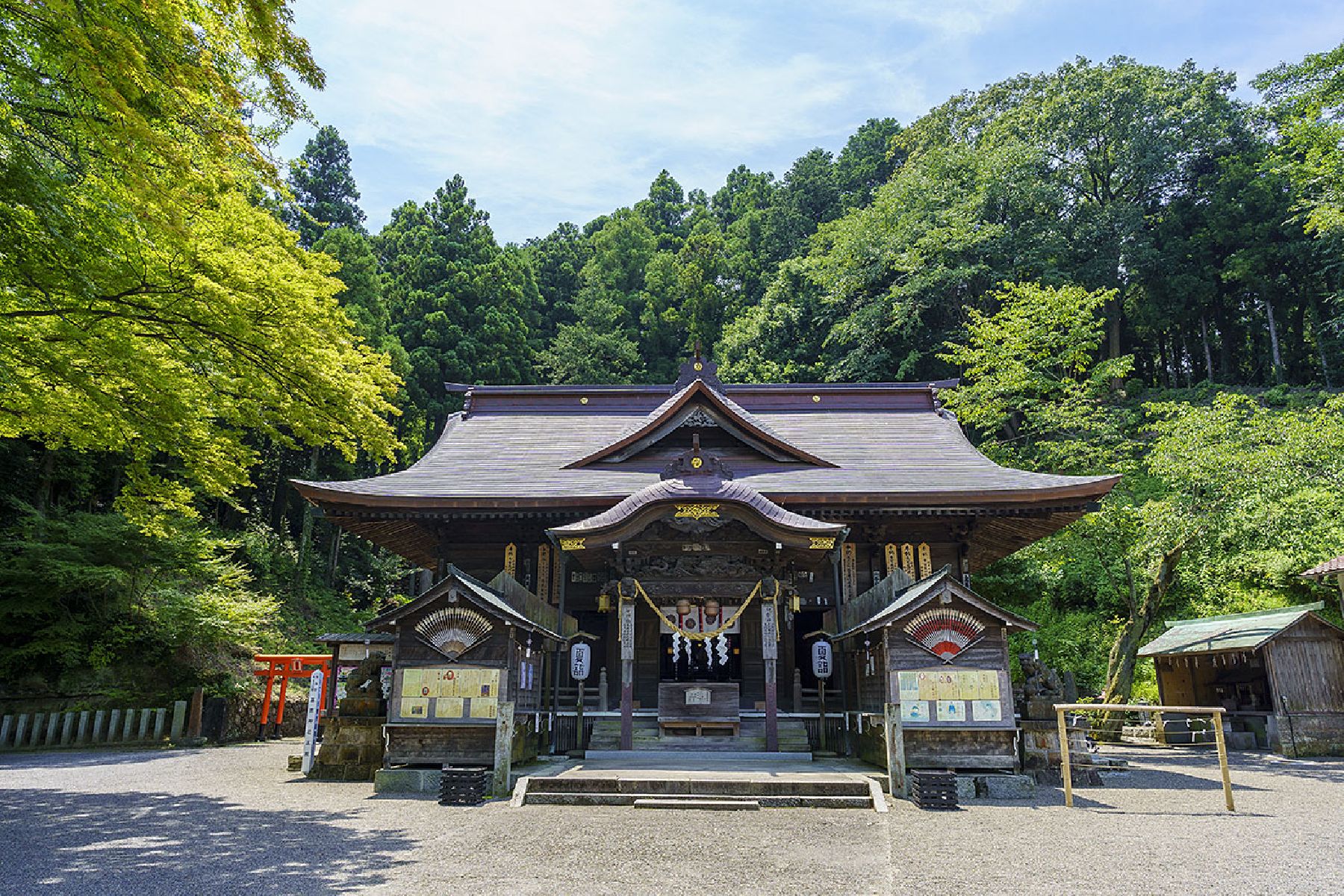
Iwaki Yumoto Onsen Shrine
The Shinto gods of hot spring water and medicine are the enshrined deities of this shrine. This Onsen Shrine is widely thought of as being Iwaki Yumoto Onsen town’s own local Shinto deity.
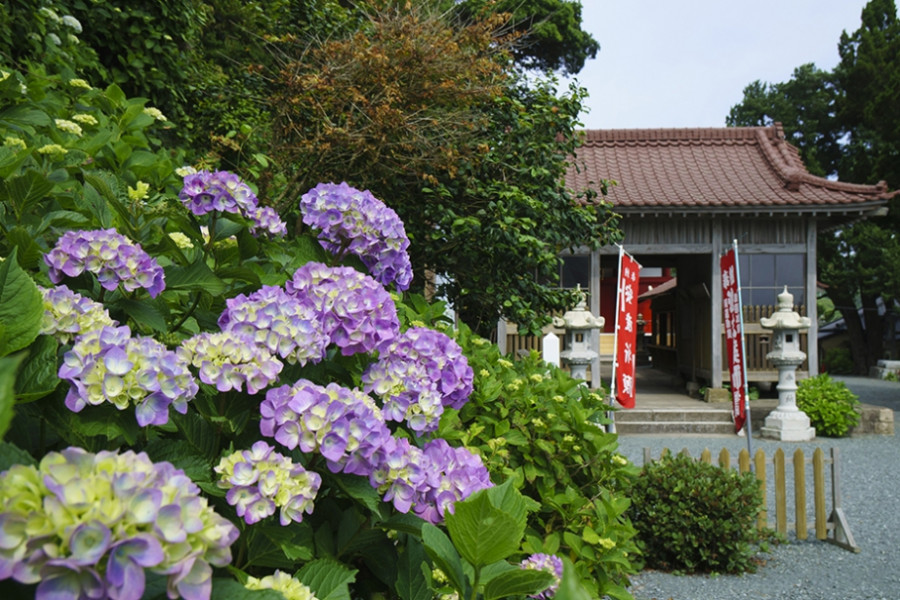
In the year 806, the holy priest Tokuichi constructed Hattachi-Yakushi Temple as a place of worship for the Buddhist deity who has the ability to ensure the safe voyage of seafarers. The temple grounds are extremely beautiful in spring when the hydrangeas bloom, earning the temple the local nickname ‘Hydrangea Temple’.
In front of Hattachi-Yakushi Temple is Bentenjima Island and Shrine, and the Hattachi Coastline, which connects the mainland with the island. The Hattachi Coast is covered in unique gravel, which has traditionally been thought to have healing properties. However, removing a stone and bringing it home can have the opposite effect.
| Website | https://kankou-iwaki.or.jp/spot/10237(Japanese) |
|---|---|
| Contact | Iwaki Tourism and City Planning Bureau (+81) 246-44-6545 (+81) 246-44-6545 |
| Best Season | All Year |
| Parking | Space for 30 cars |
| Entrance Fee | Free |
| Access | 89 Yokouchi, Tanoami, Hisanohamamachi Iwaki City View directions |
|---|---|
| Getting there | By Car: 10 min from Iwaki Yotsukura I.C. off the Joban Expressway By Train: 5 min by taxi from Hisanohama Station (JR Joban Line) |

The Shinto gods of hot spring water and medicine are the enshrined deities of this shrine. This Onsen Shrine is widely thought of as being Iwaki Yumoto Onsen town’s own local Shinto deity.
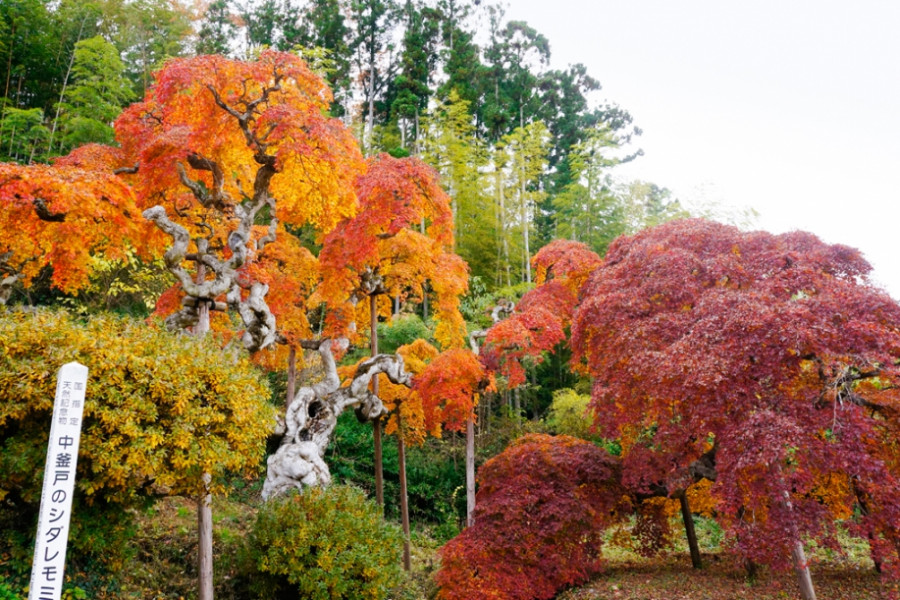
Nakakamado is a very uniquely-shaped maple tree. This incredible tree – designated as a Natural Monument – looks like an open umbrella, and has 3 m of roots that protrude out of the ground. If visiting during autumn-leaf season, it’s best to plan your trip for mid to late-November. That being said, Nakakamado can be enjoyed through each of the four seasons – visitors can appreciate the fresh green leaves that cover it in spring, and the very unusual shape of the branches after the autumn leaves fall.
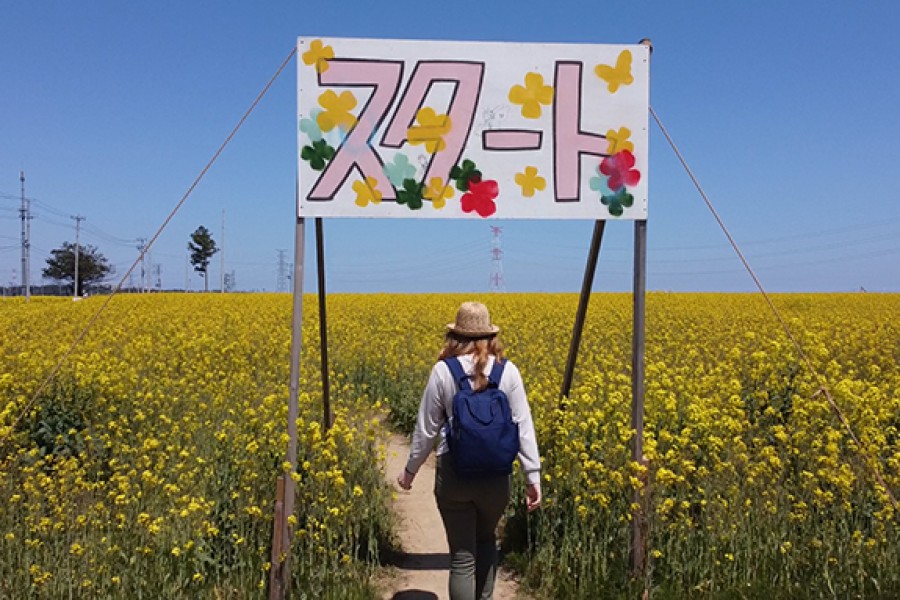
A massive field of nanohana flowers that first bloomed in Spring 2012, bringing great joy to the community. Since 2013 to today, huge flower fields and mazes are organized for the public to come and enjoy entirely for free. Children can receive prizes for completing the maze and visitors of all ages are encouraged to walk through the maze and have fun. Takayuki Ueno is a local farmer and creator of the Nanohana Flower Maze, planting the first flowers here in November 2011; eight months after the Great East Japan Earthquake. Click here to read more about his inspiring story.
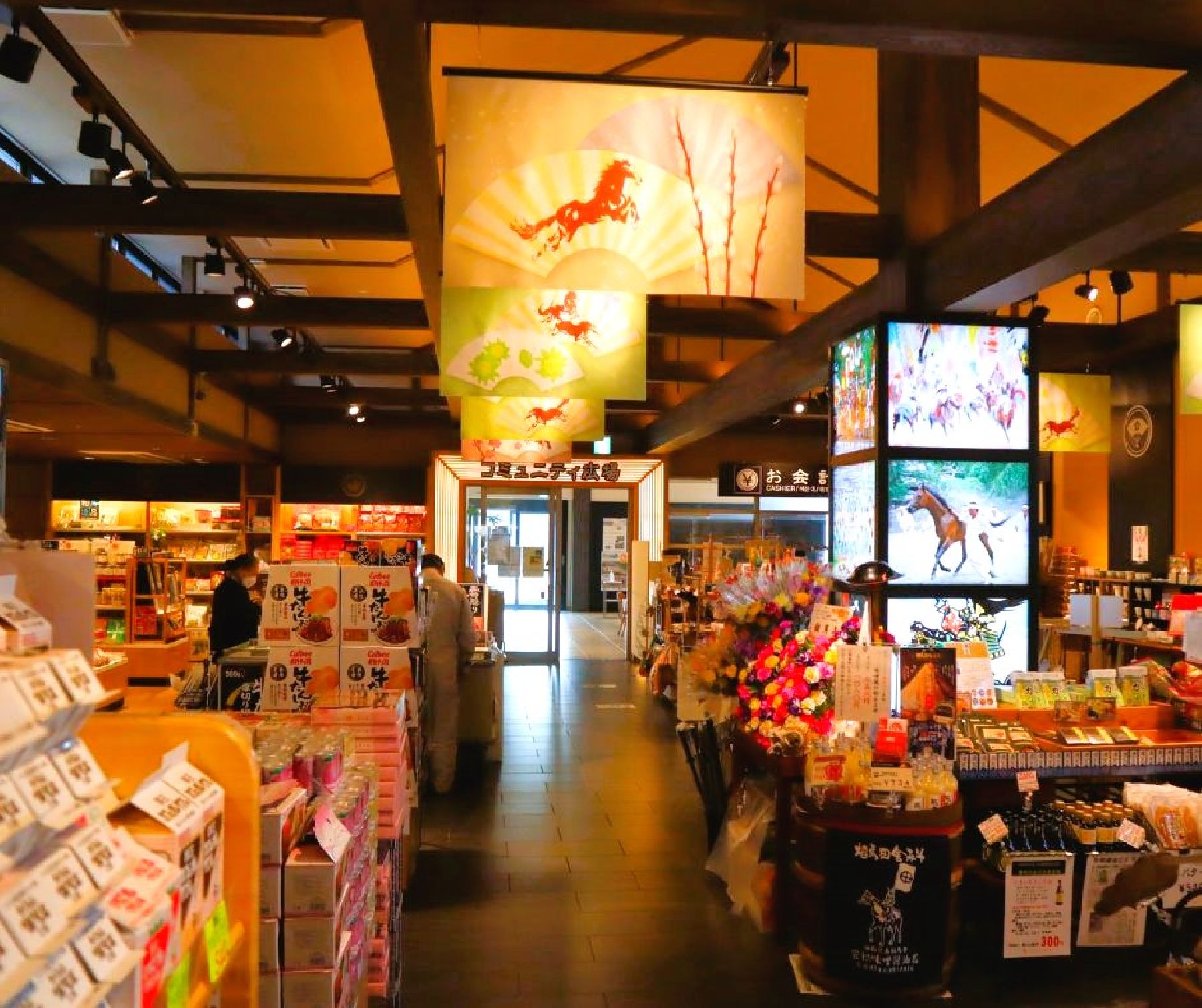
Sedette Kashima [せでってかしま] is a service area in Minamisoma City, in the coastal area of Fukushima prefecture.The name of the facility derives from an expression in the local dialect, which could be roughly translated as “Bring me with you!”. At the entrance, the service area has life-size replicas of Soma Nomaoi participants riding horses, and monitors showing photos of the festival. There is a souvenir shop and a dining hall, places for drivers to rest, as well as a play area for children and a dog park.At Sedette Kashima, you’ll find plenty of local crafts, souvenirs and traditional items from Minamisoma.Sedette Kashima can be accessed using non-toll (local) roads.
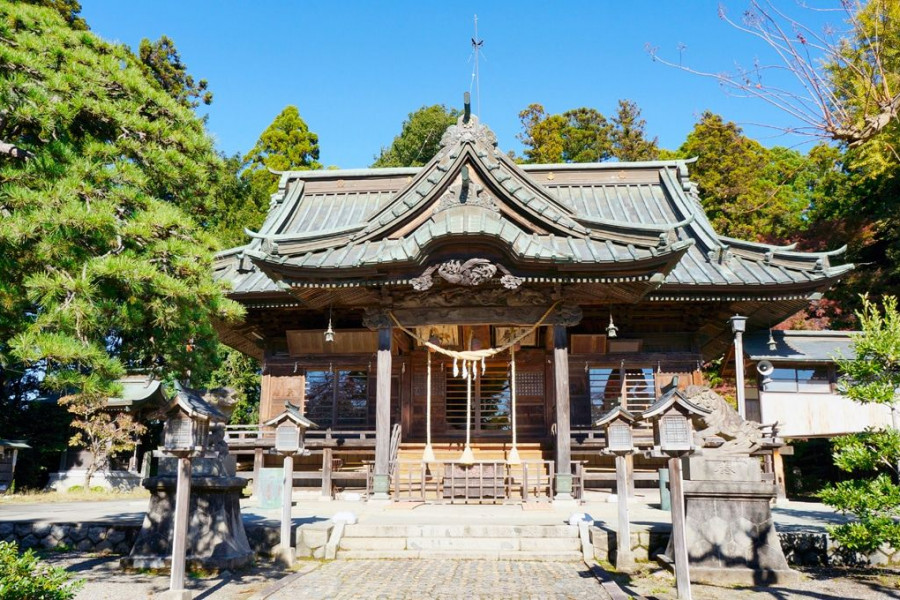
This is the shrine of the guardian deity of the Soma Domain, and a ceremony site of the Nomakake ritual which takes place during the exhilarating Soma Nomaoi Festival. Somei Yoshino cherry blossom and weeping cherry trees light up the shrine grounds in spring, making Soma Odaka Shrine a popular cherry blossom viewing spot.
![[Temporarily Closed] Iwaki City Coal & Fossil Museum (Horuru)](https://fukushima.travel/img/spots/photos/thumbnail/ulg2LekR2O9goTyHDLoSWHdsIAME4keMxJ1xBP2u-900x600.jpg)
*Please note that the Iwaki City Coal & Fossil Museum (Horuru) remains temporarily closed until 2024. Lovingly referred to as 'Horuru' by locals, Iwaki City Coal & Fossil Museum is home to exhibitions on the city's history of coal mining. Horuru also exhibits a range of fossils, including the locally-excavated Plesiosaur Futabasaurus, which was discovered by a high school student. There are also some hands-on experiences to try out, such as making your own amber accessories. Horuru is accessible on foot from Iwaki Yumoto Onsen town, and is a great addition to any trip to the Iwaki area.
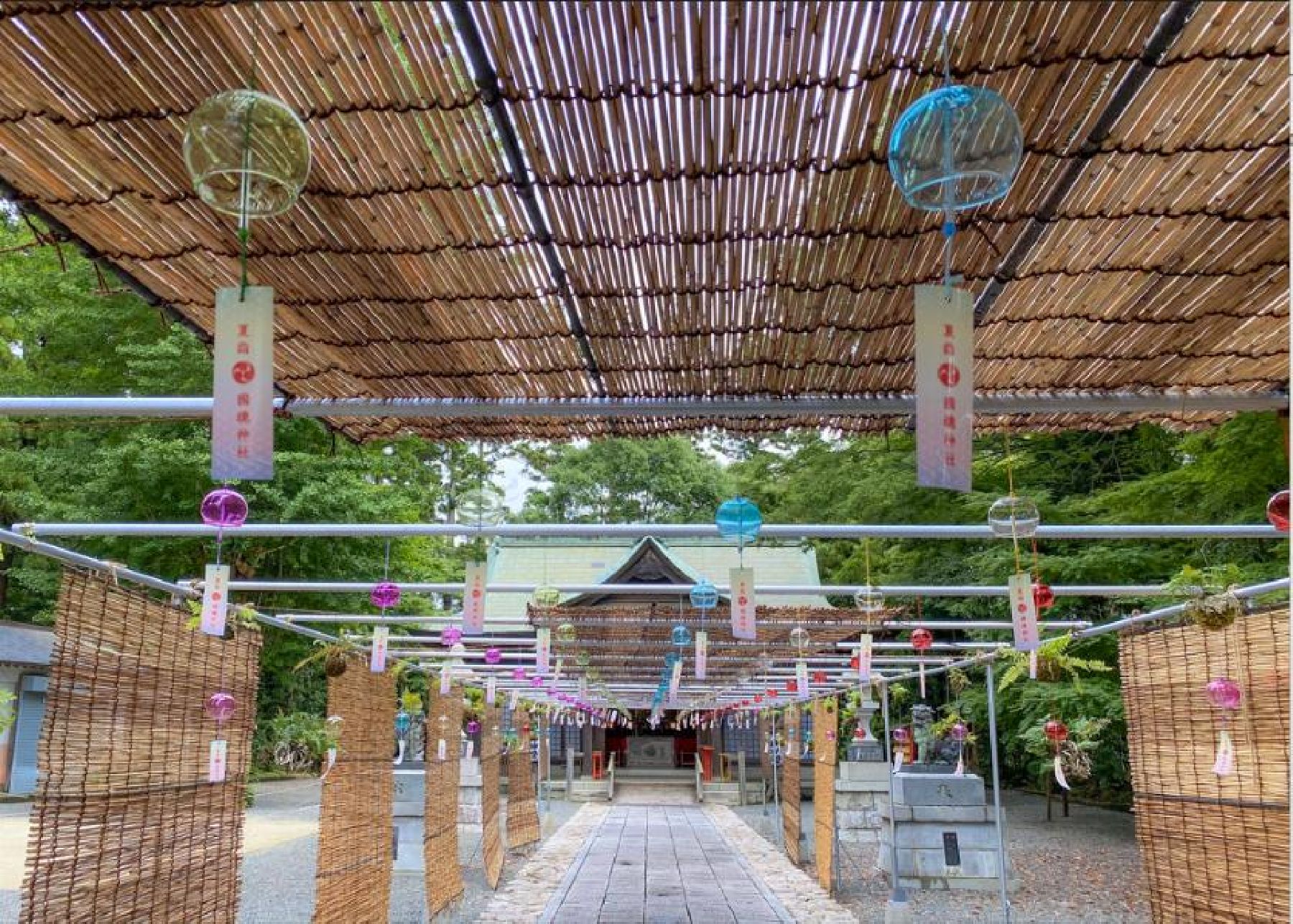
Kunitama Shrine (國魂神社) is located in Iwaki City, in the coastal area of Fukushima. Three deities are enshrined at Kunitama Shrine: Okuninushi (the god of nation-building, said to be the founder of Japan); Suserihime-no-Mikoto (the wife of Okuninushi) and Shohikono. The shrine is said to have been built in the year 806, and was renovated in 1942. The temple bell was designated as a tangible cultural property of the city of Iwaki in 1982. There is also a preserved cedar tree.Several events are celebrated in the shrine, such as a New Year’s Day Festival, a Rice Planting Festival, and other prayer festivals. During the summer, the shrine is beautifully decorated with colorful wind chimes. Photos: Iwaki Tourism & Community Development Bureau (一社)いわき観光まちづくりビューロー

Tenzan Bunko is a quaint old-fashioned house stood in beautiful Kawauchi Village, which has been opened up as a museum. This house was presented by the village to the famous Japanese poet Kusano Shinpei. Kusano found inspiration to create many of his works at Tenzan Bunko, and this house now serves as the venue for the annual Tenzan Poetry Festival, which gives local people and poets a place to meet and network.